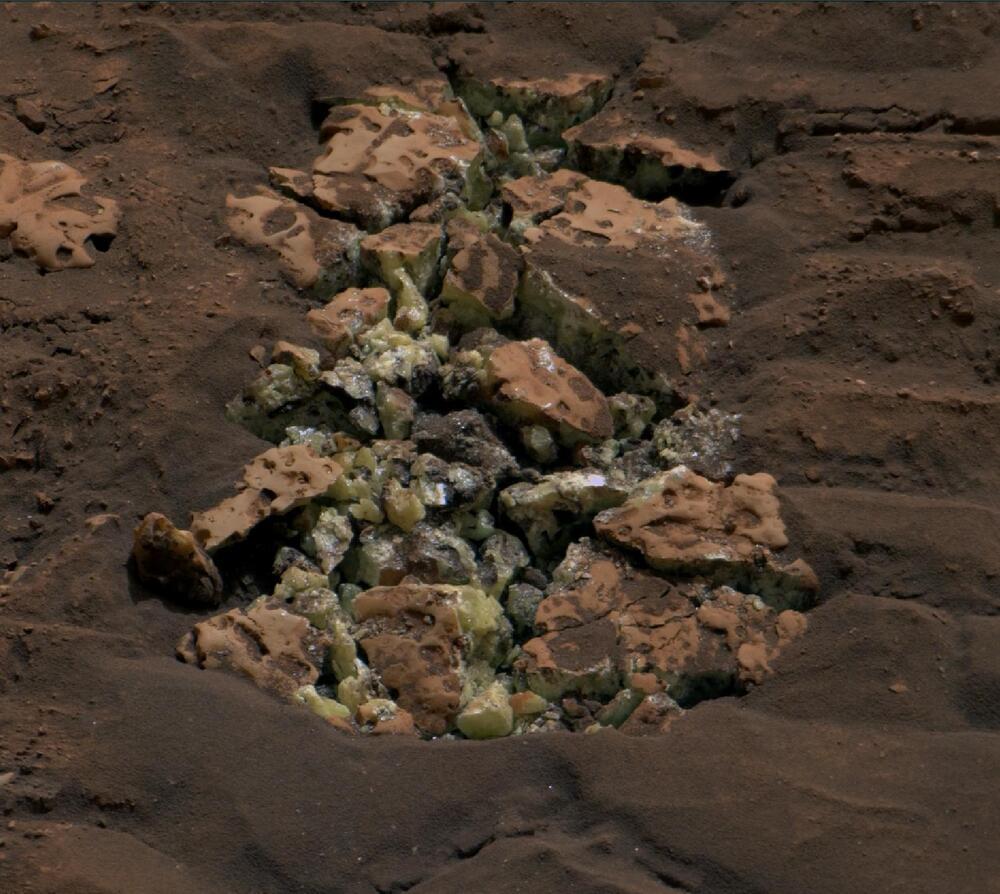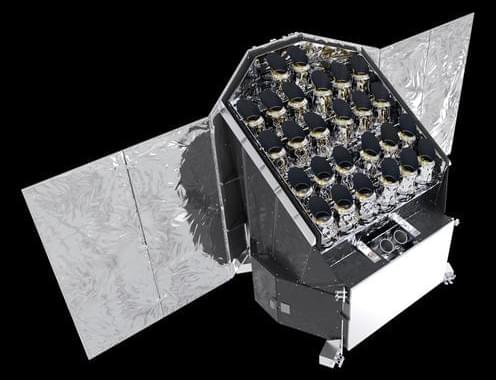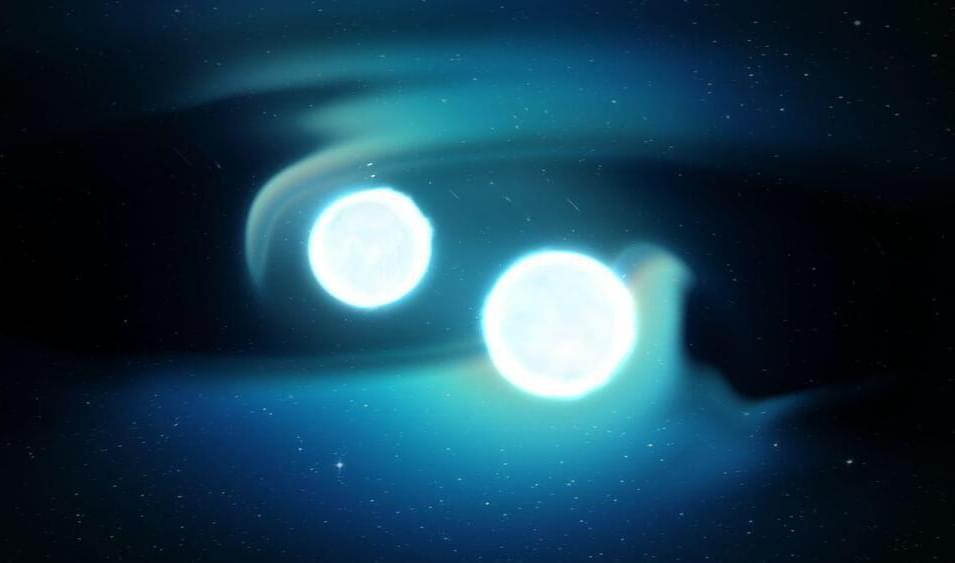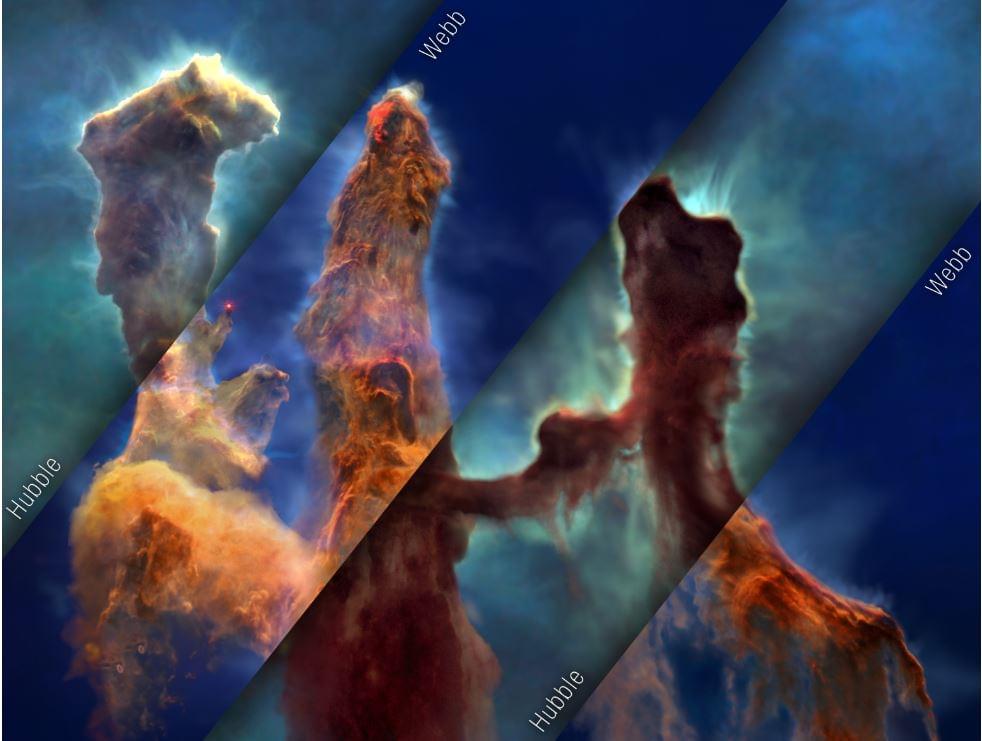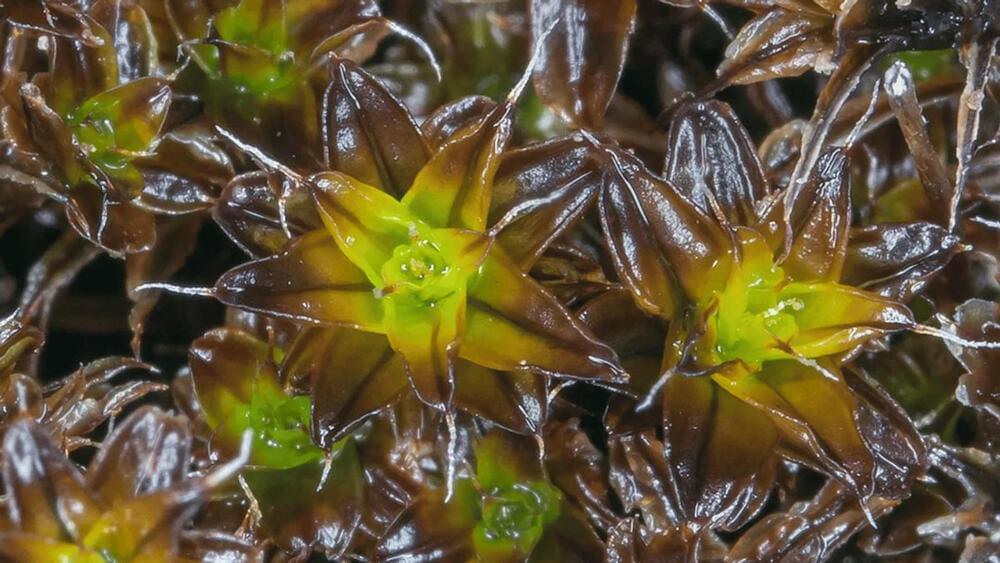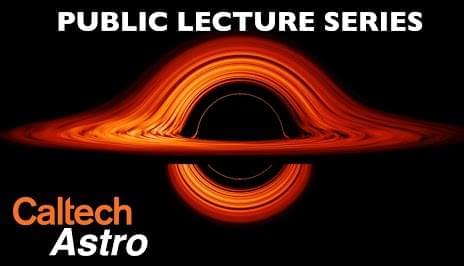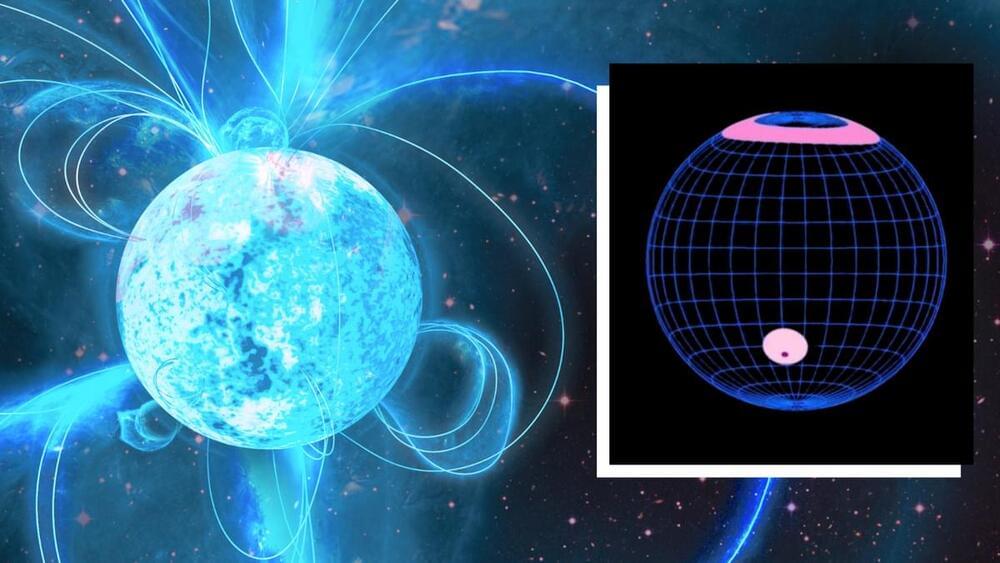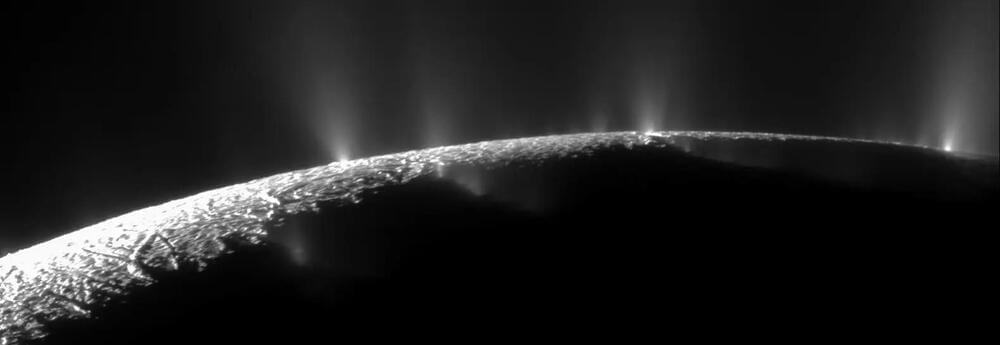Jul 23, 2024
Mars Surprise: Rover Discovers Pure Sulfur Rocks
Posted by Laurence Tognetti, Labroots Inc. in categories: robotics/AI, space
Did life ever exist on Mars, and if so, how did it get there? This is the goal of NASA’s Curiosity rover, which has traversed Gale Crater on Mars since 2012. But a recent finding by the car-sized robotic explorer could help bring scientists one step closer to answering these questions as Curiosity sent back images of yellow crystals revealed to be deposits of elemental sulfur, along with an entire field of them. This finding was accidentally “un-earthed” as Curiosity drove over them during its excursions. While scientists didn’t anticipate finding elemental sulfur in this region, this finding could hold the potential to help piece together the geologic history of Gale Crater and whether life once existed there.
Recent image of elemental sulfur crystals obtained by NASA’s Curiosity rover on Mars. (Credit: NASA/JPL-Caltech/Malin Space Science Systems)
“Finding a field of stones made of pure sulfur is like finding an oasis in the desert,” said Dr. Ashwin Vasavada, who is a project scientist on Curiosity at NASA’s Jet Propulsion Laboratory. “It shouldn’t be there, so now we have to explain it. Discovering strange and unexpected things is what makes planetary exploration so exciting.”
